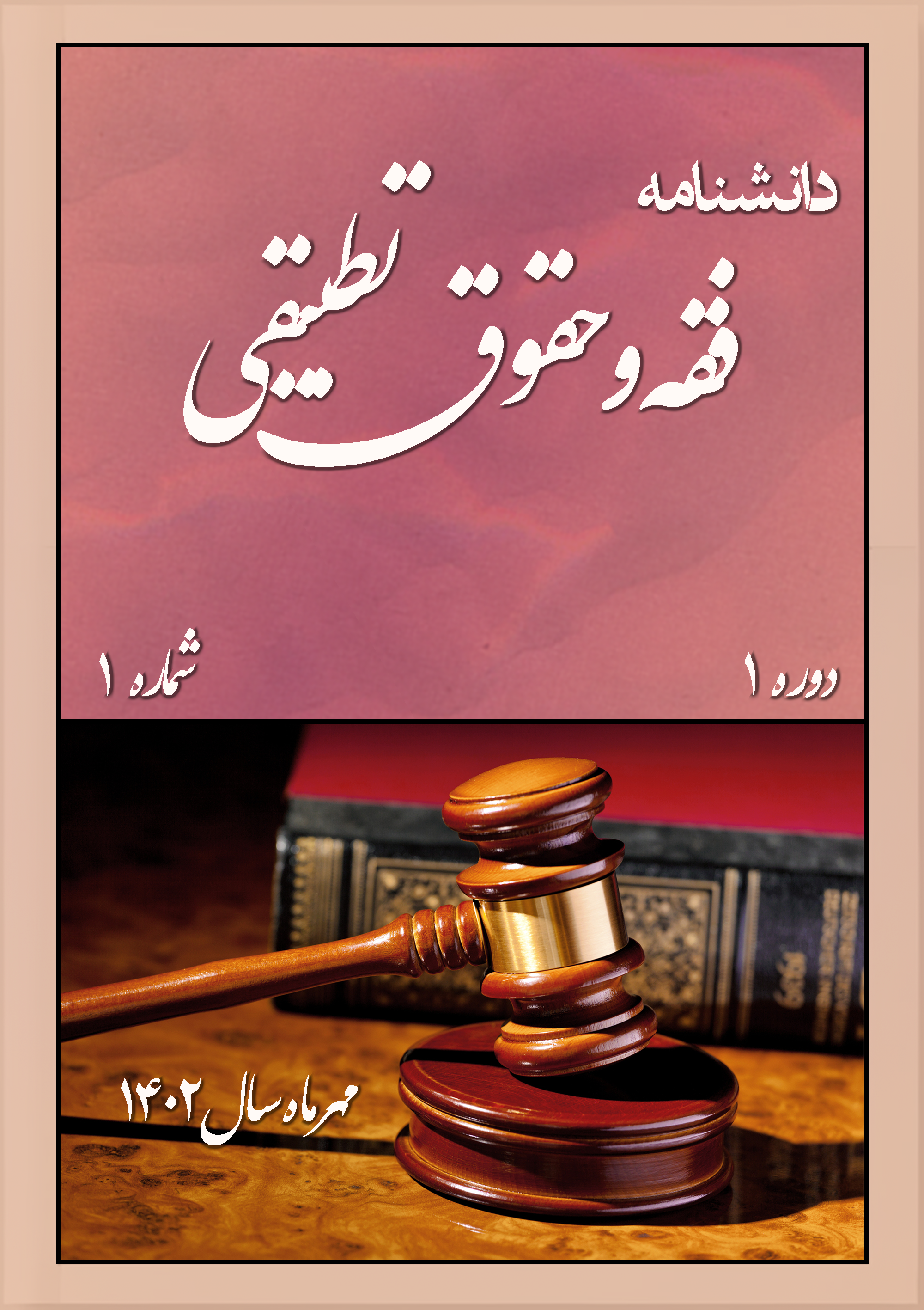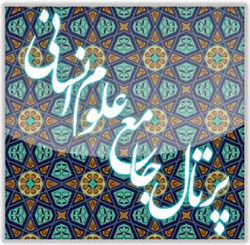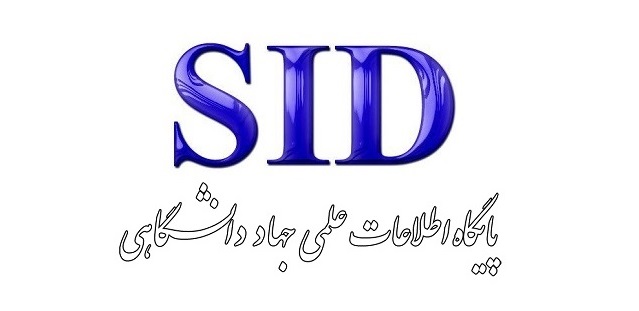تحلیل انتقادی مبانی و مصادیق حقوق شهروندی در ایران
کلمات کلیدی:
حق, حقوق شهروندی, مبانی, مصادیقچکیده
یکی از موضوعات مهم در بحث حقوقی، حقوق شهروندی است. این حقوق نه تنها مورد توجه دانشمندان بلکه مورد توجه افراد عادی نیز میباشد. شهروند به عنوان عضو یک جامعه، فردی است که دارای حقوق و وظایفی در ارتباط با این نقش است. توجه به حقوق شهروندی در هر جامعهای باعث قوام، مشروعیت و استمرار نظام سیاسی حاکم برآن جامعه خواهد بود. حقوق شهروندی دارای ابعاد گوناگونی نظیر: اجتماعی، سیاسی، قضائی و فرهنگی میباشد و چگونگی کمیت و کیفیت بهره مندی از آن در هر جامعه از شاخصههای توسعه و از مولفههای حکمرانی خوب میباشد. در کشور ایران، حقوق شهروندان درقرآن کریم و متن قانون اساسی بیان شده است. در این مقاله تلاش نمودیم تا با نگاهی تحلیلی به نقد و بررسی مبانی و مصادیق حقوق شهروندی در نظام حقوقی ایران پرداخته شود. قوانین و مصوبات موجود در زمینه حقوق شهروندی ایران، حاوی نکات مثبت و منفی زیادی است و پرداختن به این نکات نقطه عطفی در بازیابی مفهوم شهروندی و حقوق شهروندی است. نگارنده در هر قسمت ضمن بیان مبانی و مصادیق حقوق شهروندی بر اساس کلام الهی و قانون اساسی به تحلیل انتقادی آنها پرداخته است.
دانلودها
مراجع
Afzali, R. (2010). Citizenship Rights in Iran. Political-Economic Journal(279).
Aghabakhshi, A., & Afshari Rad, M. (1996). Dictionary of Political Science (2nd Edition ed.). Iran Scientific Documents and Information Center.
Ahmadi Tabatabai, M. R. (2009). Citizenship Rights with an Emphasis on the Constitution of the Islamic Republic of Iran. First Line Quarterly, 3(8).
Ashouri, D. (1994). Political Encyclopedia. Morvarid.
Ashrafi, M. (1997). Collection of Constitutional and Civil Laws. Ganj-e Danesh Library.
Babaei, P. (2017). Dictionary of Political Terms and Books. Negah.
Delperee, F. (1998). Contentieux Electoral. P. U. F.
Forozandeh Doost, M. R. (2012). Applications of E-Government. International Conference on Applied Research in Computer Engineering and Information Technology, Tehran.
Ghorbannia, N. (2008). Human Rights and Humanitarian Law (1st Edition ed.). Islamic Research Institute for Culture and Thought Publications.
Harrani Hanbali, S. a.-D. Al-Musawwadah fi Usul al-Fiqh. Dar al-Kitab.
Ibn Manzur, M. i. M. (1988). Lisan al-Arab. Dar al-Ihya al-Turath al-Arabi.
ICCPR. (1966). International Covenant on Civil and Political Rights (ICCPR). UN Doc. A/6316
Jawhari, A. N. (1987). Al-Sihah. Dar al-Ilm.
Katouzian, N. (1997). The Authority of Res Judicata in Civil Litigation. Mizan.
Khomeini, R. (2000). Sahifeh-ye Nur. Institute for the Publication of Imam's Works.
Khosravi, H. (2015). Constitutional Law (Management Major) (2nd Edition ed.). Kharasandi Publications.
Makarem Shirazi, N. (2007). Principles of Belief. Nasl-e Javan.
Mohammadi, M. A. (2018). Citizenship Rights in Iran. Center for Studies.
Motahhari, M. (1997). Collected Works. Sadra.
Mousavi Moghaddam, M. (2011). Citizenship Rights. Hogogh-e Emrooz.
Qaraati, M. (1995). Tafsir-e Noor. Dars-hayi az Quran.
Saket, M. H. (2008). A Prelude to the Science of Law. Sales.
Seyyed Fatemi, M. (2005). Freedom of Expression in the Mirror of Human Rights. Legal Research Journal(41).
Tahhanawi, M. A. i. A. Kashshaf Istilahat al-Funun. Maktabat Nashiroom.
Turner, B. S. (1993). Contemporary Problems in The Theory of Citizenship. In Citizenship and Social Theory. Sage Publication.
Yousef Vand, M. (2015). Committed Citizenship Rights in the Islamic Government. Collection of Articles on Citizenship Rights, Tehran.
Zabidi, M. M. (1994). Taj al-Arus. Dar al-Fikr.
Zamakhshari, M. i. U. (1979). Asas al-Balaghah. Dar Sadir.
دانلود
چاپ شده
ارسال
بازنگری
پذیرش
شماره
نوع مقاله
مجوز
حق نشر 2025 محمود شفائی (نویسنده); محمدجواد جعفری; مسعود قاسمی (نویسنده)

این پروژه تحت مجوز بین المللی Creative Commons Attribution-NonCommercial 4.0 می باشد.









